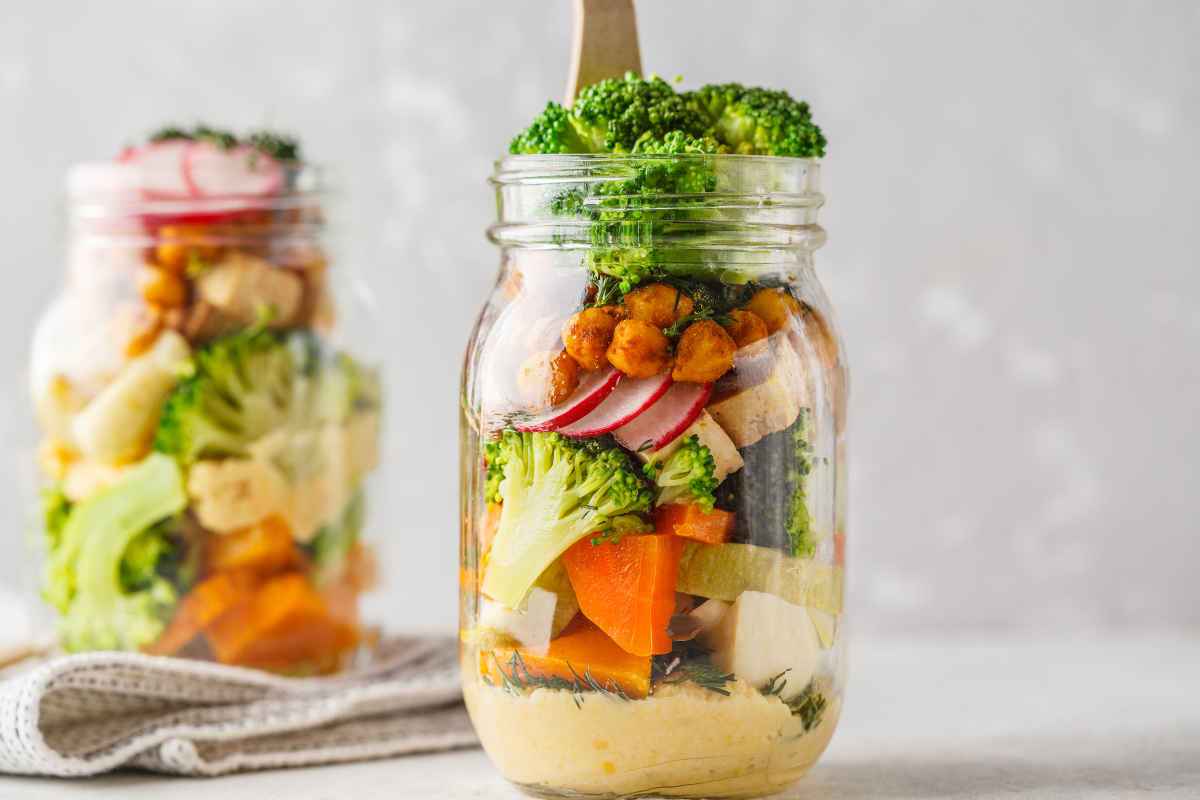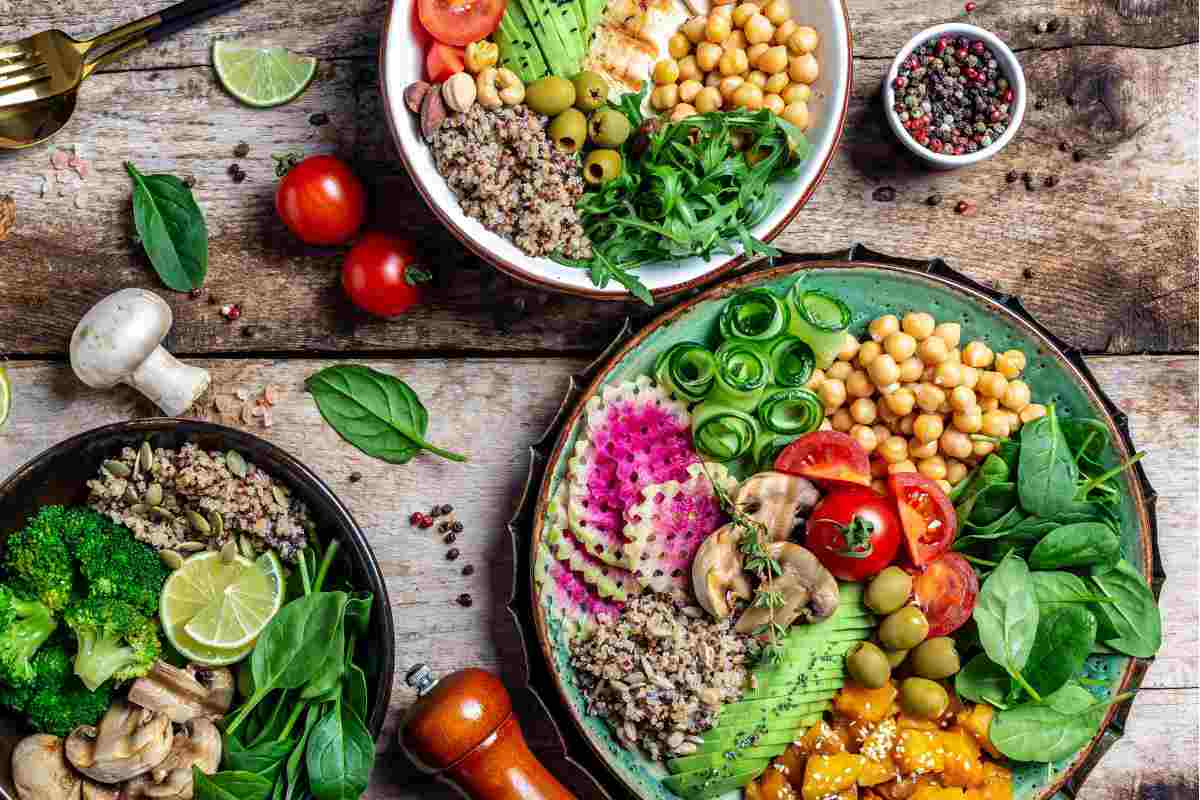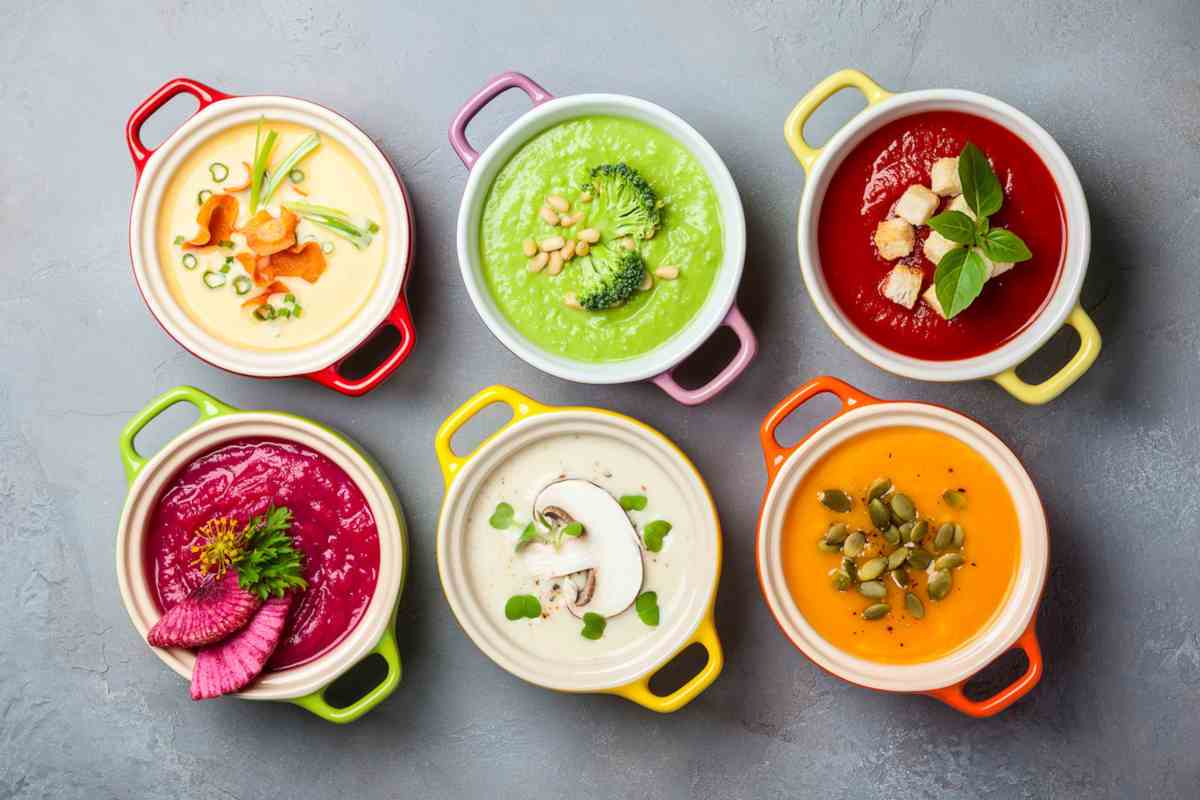Eat well, spend less – that's something we would all like to do, says nutritionist Rob Hobson. Here are the smart swaps and cost-cutting tricks to keep your food bill under control while keeping your diet healthy.
🕒 4 min read
Healthy eating basics
The UK Eatwell Guide is a useful overview of how the various food groups should make up our everyday diets, but in short, here are the guidelines to remember:
- Most of your diet should come from plant-based foods, including your five-a-day fruits and vegetables and starchy staples, like wholegrains and wholemeal varieties of pasta, rice, and bread.
- The remaining part of your diet should come from protein foods such as beans, pulses, lentils, eggs, meat and fish and, to a lesser degree, dairy (and alternatives) rich in calcium.
- Oils should be unsaturated and kept to a minimum.
- Sweet and savoury snacks should be viewed as a treat and eaten only occasionally.
How to shop for less
The cost of living is a huge challenge, but having a meal plan, making the most of leftovers, and knowing how to find cheaper alternatives are essential ways to cut down your grocery bill, week in, week out.
Eat with the seasons
This is the best way to source cheaper fruits and vegetables in particular, as is buying frozen. Canned vegetables work well in one-pot dishes, and you can make a healthy family meal for less than £3.
Buy in bulk
Many supermarkets sell super-size packets of rice and pasta. Dried fruits, nuts and seeds can help to boost your nutrient intake, but these are luxury foods when cooking on a budget. These foods can be sourced much more cheaply when you buy them in bulk online.
Look for deals
Even if it means switching from your favourite brands, deals are a good option – especially for basic items, which don't differ much between brands.
However, no matter how enticing they may seem, try to avoid getting seduced by unhealthy options.
Be savvy with your spices
You might be on a budget, but that doesn't mean you have to skimp on flavour. Herbs and spices are key, especially when cooking plant-based, but they can also end up going to waste.
To avoid using one teaspoon and the rest going in the bin, choose just two or three herbs and spices that you will realistically use and that can be combined to create more flavours.
Ground coriander, cumin and smoked paprika are great options as they can be used to make many different cuisines, including Mexican and north African. They also make a great Cajun spice when blended together.

Tasty, healthy, batch-cooked food doesn't have to be expensive or difficult to make.
Make the most of the reduced food aisle
Exploring the reduced food aisle in your local supermarket is an excellent way to save money on your food bill. Here's what to buy – and what might still be a waste of your money.
Buy
- Fruits and vegetables. Fruit can be peeled, chopped and frozen to make smoothies, puddings or compotes. Any cheaper vegetables can be boiled with stock to make soups or casseroles.
- Soups. These are a great option as they're so versatile; use them as a base to make stews, pasta sauces and pie fillings by adding ingredients such as stock, vegetables, pulses, beans, lentils and meats.
- Fresh meat and fish. Both can be frozen after purchase – in larger supermarkets, you might even find high-quality, organic, and free-range meats discounted.
Beware
- Ready-prepared meals. Even when discounted, they are not a cost-effective way to eat, especially if more than one of you is in the household.
Cheaper substitutes for expensive foods
Luxury food products often get completely sidelined when the budget reduces, but there are a few options.
One of the simplest ways to reduce the cost of your food shop is to switch from branded to own-brand products. Yoghurts and juices from concentrate (although check for added sugar) are good examples – for most, you won't notice the difference.
For some foods, you can also try making your own. A good example is chilli oil, which is expensive to buy but can be made at a fraction of the cost by using a cheaper oil and adding dried chillies.
Vegetables
- Even within the same type of fruit and vegetables, certain varieties and colours are cheaper options. Try choosing green over red peppers or cabbage over kale to save a little on your food bill.
- Frozen peas are an excellent example of a cost-saving veg swap. They may even be more nutritious as their nutritional content is retained by freezing. Switching to frozen peas can save you £6.40 per kg. The same sorts of savings can be found when switching to mixed frozen vegetables such as broccoli and cauliflower. These vegetables are perfect for adding to one-pot dishes such as stews and casseroles.
Fruit
- Berries are expensive to buy and are often sold out of season. Switching to frozen varieties can offer you a cheaper and more sustainable version sourced in the UK.
- You may also opt for more affordable fruits like apples and pears when making puddings.
Cheese
- Certain varieties of cheeses can be purchased more cheaply. Parmesan is excellent for cooking on a budget. The strength of its flavour means you only need to use a little. Opting for Grana Padano over Parmigiano-Reggiano can save you a couple of quid, too.
Fish
- Dietary guidance suggests we eat a serving of oily fish a week to get enough omega 3. Salmon is one of the most-eaten oily fish but comes at a cost, mainly if you feed a large family. Mackerel is a little cheaper, and you can opt for canned versions such as sardines, which can be used to make simple budget meals such as fishcakes.
Nuts
- Nuts are very nutritious as they contain many essential minerals and fibre – but they're also costly. Try swapping your nutty snack for homemade roasted chickpeas; their crunchy texture and nutty flavour make them the perfect substitute.

These recipes take into account all the elements of the Eatwell Guide to help you achieve an overall healthy, balanced diet, with ingredients like high-fibre grains; beans, pulses and lentils; vegetables; healthy fats; and dairy (or an alternative).
Find out more
What is the cheapest cooking method?
As well as the cost of ingredients, there is also the cost of cooking them, with appliances varying from kettles and microwaves to hobs and ovens. According to the Energy Saving Trust, around 20% of the energy used in households can be attributed to kitchen appliances, so it's worth giving your cooking methods a thought.
Ovens are one of the most expensive energy consumers in the kitchen. If yours is not well insulated, a lot of that energy is also being used to heat up your kitchen.
More cost-effective cooking methods include slow cookers, electric pressure cookers, dry fryers, and microwaves. Each of these appliances lends itself better to certain dishes, but most can be used as an overall replacement.
One-pot dishes – such as curries, stews and soups – prepared in slow- or pressure cookers, which draw about the same amount of energy as a lightbulb, are great options. If you cook these dishes on the stove, then they only require one hob set to low.

Soups are one of the most cost-effective meals and are great for using up leftovers.
How to eat sustainably on a budget
Eating locally is the first place to start when it comes to eating sustainably. This means buying fruits and vegetables that sync with the seasons.
Eating less meat but better quality is a better option, so look for free-range and find ways to make the most of leftovers and carcases to make stock. You can also make your meat go further by combining it with beans, pulses, and lentils.
Cutting food waste is also a significant way to help the environment as well as save money, because it helps your food go further. As examples, the tops and tails of vegetables can be used to make snacks such as dips, while vegetable peelings can be roasted in the oven to make crisps.
Even something as simple as buying half-cans of foods you don't normally finish can add up over the course of a year.
The key is in the planning
Eating well doesn't have to cost the earth in terms of your food budget or the environment. With a bit more planning and a willingness to think outside of the box, you could shave a few valuable pounds off your weekly shop – and still enjoy great flavours and comprehensive nutrition.







